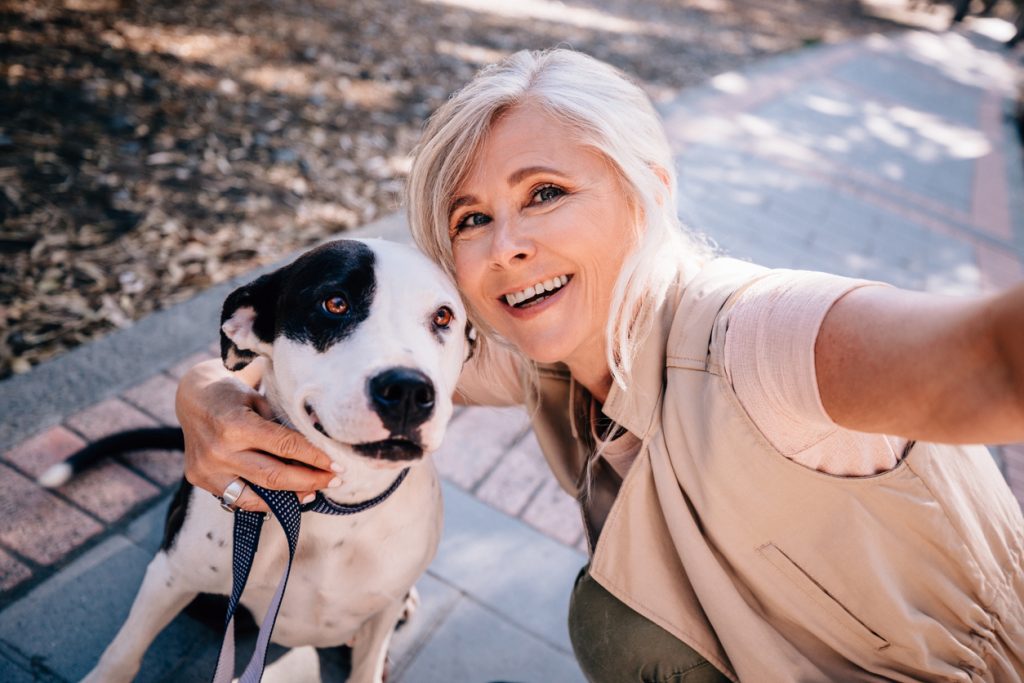Reading Time: 6 minutes read
A family vacation, a girl’s night out, or an important ceremony—we want to capture moments like these for posterity. We love the idea of looking back at images starring friends and family, remembering special times the joy they brought us.
Here are tips and tricks for finding the most flattering photo angles.
A primer on angles
A change in angle can have a dramatic impact on the nature of your shot. Even a slight adjustment can take your subject from uncomfortable to sweet and inviting.
Broadly speaking, your angle options boil down to three: high, low, and eye level.

High angle. This is a good option to make portraits more eye-catching. Raising the camera higher than eye level adds definition to a person’s features and has a slimming effect. The higher you go, the more the subject will have to look up, making the face the point of focus. Extremely high angles add vulnerability and loneliness to the subject, because they look into the camera like a child looking up at their mother.
Low angle. The low angle makes your subject more dominant, giving him or her a larger-than-life vibe. This can express power and importance, which is why executives love this angle. Or when used playfully, it can instill your subject with an adventurous quality. Think hikers standing on rock formations. The low angle also elongates lines and figures — perfect for a flattering outfit or an action shot of your family’s star basketball player.
Eye level. The go-to angle for portraits. Many of us shoot eye-level reflexively, but you might find that taking an eye-level shot that doesn’t feel flat can be a challenge. Pose, outfit, lighting, background, and action all play a role in determining a quality eye-level shot.
Creating a flattering pose
People naturally square their bodies and faces directly at the camera. The resulting image is a flat angle, which can be not-so-flattering. How do you make your subject stand out in a portrait? Pose them.
Body. Have your subject turn their body about 45 degrees from the camera so roughly three-quarters of their body shows. Leaning on their back leg will remove that unnatural rigidness, while leaning forward adds a sense of presence. Having them lean against a wall or railing adds a relaxed quality.
We recommend starting with the three-quarters pose and adjusting from there. Here’s how to do it:
Arms. Have your subject hide their back arm behind his or her body, while the other arm is positioned in some way. It can be resting on their hip or posed near the face. We don’t recommend letting it hang at their side like a limp fish. The golden rule here: If it bends, bend it.
Face. Have your subject turn their head to one side and lean their forehead slightly to the lens. This step will reduce flatness and add definition. You’ll want your subject to lead with their good side. Not sure which side that is? Take some practice shots to find out.
You can try poses that don’t follow the three-quarters rule if it doesn’t fit for your location or angle of approach. The takeaway is that small changes can breathe life into your subjects and your photos.
The best lighting for photos
For portraits, we suggest starting with diffused light. Whether filtered through clouds or shade, diffused light softens your subjects. It’s an even light, so it won’t hide part of your subject’s face in shadow. And while bright light may accentuate blemishes, diffused light makes for a smoother complexion.

Light offers infinite possibilities. It all depends on what you want to do. Dappled light shining through a tree’s crown creates mystery. A bright light from the side reveals a living Rembrandt. Sunsets paint with warm hues and striking shadows. And a child staring deeply at their reflection in a window always entices.
Can’t get away from a bright and direct light source? Consider repositioning your subject so the light source is behind them. This will outline your subject with a luminous glow, which can be very striking effect.
Unless you’re working in a studio, you won’t be able to control every aspect of your lighting. This is especially true if you enjoy creating memories outdoors. So, don’t worry too much over the best lighting. Instead, use your creativity to do the best with the lighting you have.
Group shots
Remember how we said extremely high angle give a feeling of vulnerability? That’s true, but it can have the opposite effect in the group shot.
Getting high above your subjects makes it easier to include everyone and offers an opportunity to spruce up the shot with a little action. The group can throw their hands up in a celebratory pose or engage in a group hug. If you try similar shots at eye level, chances are you’d lose someone in the crowd. (Oh, and please be safe in your quest for height.)
If you’re going for a more traditional group shot, then we recommend looking for a location that isn’t too busy, finding diffused light/shade, and posing people in a way that feels natural while still allowing for faces to be seen.

The traditional two-row image has its place, but a little creativity can go a long way. Family shots can have subjects in a loving embrace. Children can be staggered on bright, colorful playground equipment. And isn’t it just like Brad to hang upside down from a tree branch?
Find your angle
Good advice for achieving flattering photo angles is to experiment and take a lot of shots. One downside to this approach is that it leaves you with a loads of photos to sift through when it comes time to creating your photo book.
Motif can help you out here. Its “Autoflow” feature explores your Apple Photos collection, searching for your best shots while removing duplicates. Its smart technology looks for focus, clarity, smiles, image orientation, and other criteria to find your most flattering compositions. A few simple clicks, and you’ll have a lovely photo book showing friends and family at their best.
You don’t have to worry that your search for the perfect pose or light will mean lost time later one. Get out there, get creative, and have fun capturing those one-of-a-kind memories.
And what better way to salute them than making and/or reliving some of your family’s greatest hits through photos!






